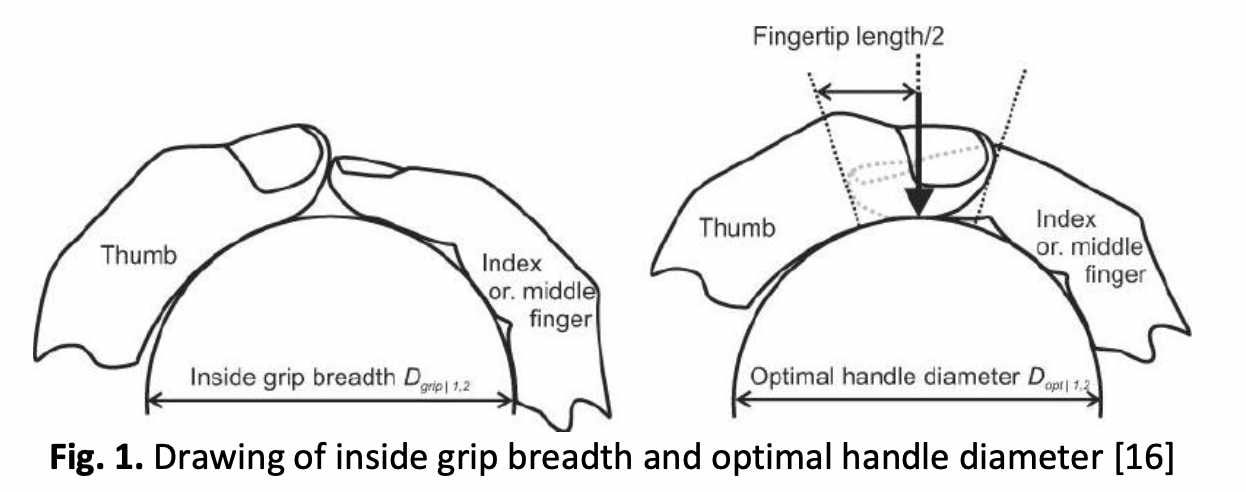IoT-Based Instrumented Bicycle Handlebar for Children with Autism Spectrum Disorder
DOI:
https://doi.org/10.37934/aram.105.1.1227Keywords:
Autism Spectrum Disorder, monitoring system, handlebar, Internet of ThingsAbstract
Common symptoms detected by children with autism spectrum disorder (ASD) include having problems with their fine and gross motor skills. One of the parameters usually associated with the development of ASD children's motor skill performance is Handgrip Strength (HGS). In healthcare, data gathering for the purpose of rehabilitation and therapy are usually conducted manually by the trainer or therapist for multiple candidates in a continuous intervention plan over days, weeks, or even months. This traditional and restrictive approach might not result in prompt, effective, and accessible health services or care that is centred on the needs of the patient. This creates a gap in the adoption of digital transformation-based solutions, particularly in giving the benefit of having a therapist, trainer, or guardian who can track the progress of treatment interventions online via a web application. Hence, this study aims to develop a bicycle handlebar with monitoring systems technology such as an IoT module, hand grip sensor, and heart rate to be used as an intervention tool for ASD children during the physical therapy session. The bicycle handlebar is customized and designed in SolidWorks software. It is 3D Printed to integrate the usage of sensors such as load cells and heart rate sensors to track the motor skill condition of ASD children. The handlebar is designed at a diameter of approximately 30 mm to enable an optimum reading of children's handgrip strength. The data logging system uses the TTGO T-Display with ESP32 microcontroller to allow a wireless and seamless data reading and transfer. Data from the sensors are sent via Wi-Fi to a custom website, Smart Fi-cycle IoT Website, allowing users to access through devices such as mobile phones and PC/Laptop. This system will enable patients and interventionists to track their motor skill performance through a systematic monitoring system.
Downloads



























